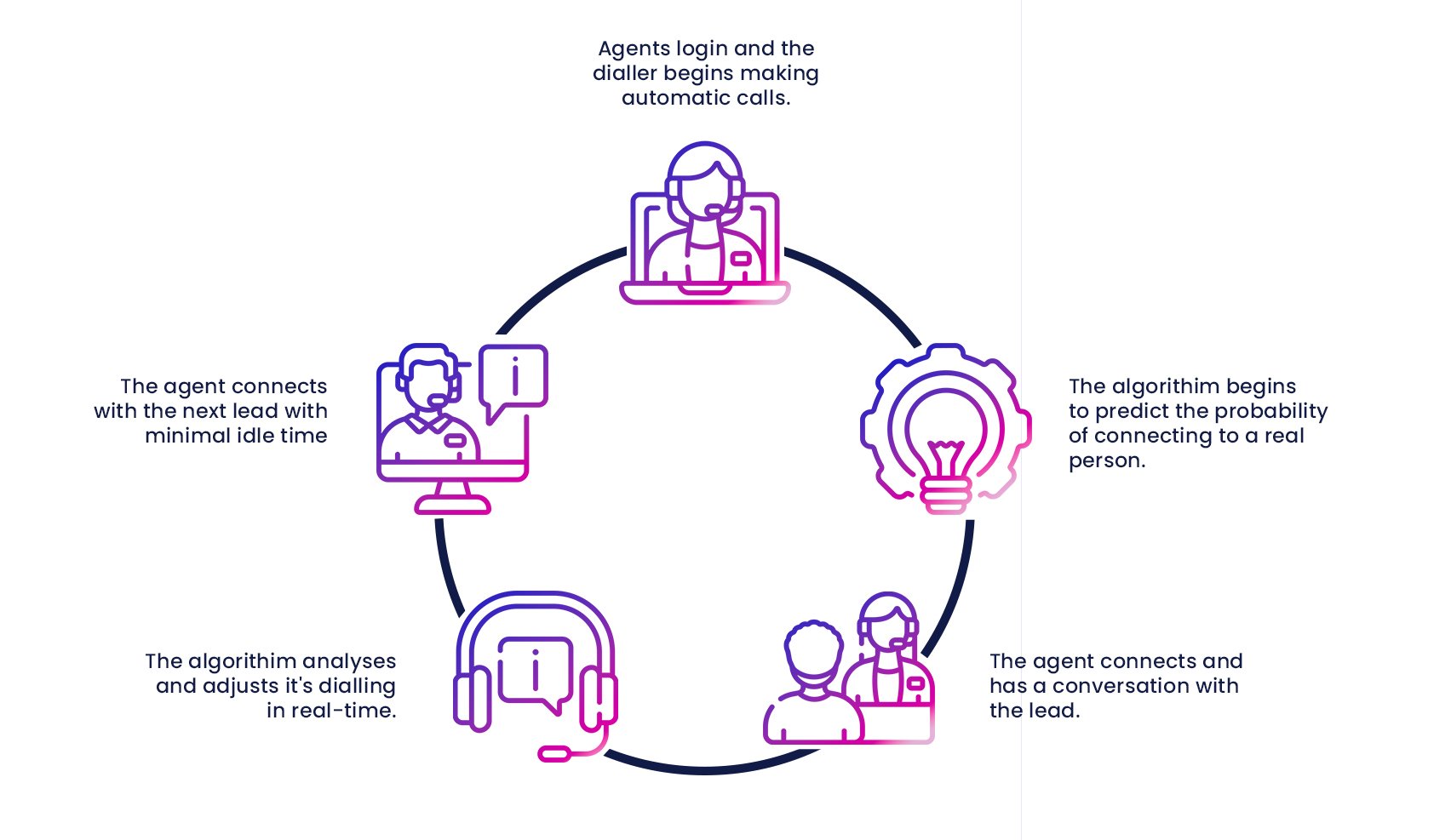Automate Your Call Centre: Top Tips for a Personal Touch
Today, organisations are facing an acceleration of digitisation in their customer interactions by three to four years. Organisations will have to take on more digital business models in order to adapt and survive. This raises an important question: what lies in store for business aspects, such as contact centres, in the coming future? To what extent does this paradigm shift have an impact on the customer service touchpoints of an organisation?
In this article, we explore the emerging and future trends for contact centres beyond 2021.
Increase in online and telecommunications due to remote locations
One of the biggest phenomena the world has seen, not just in a business context, is the rise in remote locations. Whether this is due to the work-from-home model or social distancing, people are not going out as much as they used to. Gone are the days where consumers simply leave an item at a store for returns as they’re on their way home from work. Or when they can drop by a nearby office to get specific help during their lunch breaks.
Integration of customer service with the customer experience
Customer experience has grown to overtake price and product offerings in the fight for differentiation. In the digital age, the line between marketing and other business operations is blurred to deliver a seamless and consistent brand messaging. Customer experience encompasses all instances where a customer comes in touch with a brand, whether it is verbal, visual or sensory communication. It is a crucial part of marketing that aims to get in touch with emotion-driven buyers and fulfil customer needs. Integrating contact centres with marketing efforts will enable departments to work in unity to provide stronger communication.
Self-service tools and automation
Customers nowadays want to be empowered through inclusion. In fact, 40% of customers prefer self-service over human contact. To cater to this growing preference, it is important for businesses to incorporate self-service tools into their contact centre experience. Common functions of self-service tools include FAQs, knowledge support, how-to product guides and more.
Minimising human interaction through automation will also lead to better cost-savings on labour and time, as well as provide round-the-clock immediate support to customers who need help. Automating the experience time can decrease resolution time and can lead to better efficiency in building customer satisfaction. A recent report by Accenture stated that companies that included self-service can save between $1 to 3 million dollars each year.

Greater personalisation
Customers have grown to not only expect but demand personalised experiences from their product and service providers. Personalisation is a key differentiating factor in today’s competitive business environment, and it’s important for contact centres to incorporate this into their strategy.
Unlike traditional forms of promotion, such as unique product offerings or slashed prices, personalisation from a brand is less likely to be imitated by competitors. As such, delivering a personalised experience can help companies gain a sustainable advantage. Contact centres can leverage machine learning, artificial intelligence and customer data to better understand the customers they’re dealing with on a personal level. Using a robust set of data, craft specific communication points to individual customers. It could be through things like birthday offers, VIP pre-launch sales, or personalised product selections for their needs. This way, customers are more likely to engage with the brand and make return purchases.
The need for establishing closer relationships
Contact centres are essentially the frontline where businesses and customers have direct interaction. This sets a precedent for future relationships and a good reputation of the brand. Studies have shown that 91% of businesses with over 11 employees now use CRM software. Establishing a Customer Relationship Management (CRM) strategy in contact centre planning is beneficial for many reasons. For starters, integration of CRM software with contact centre processes promotes better data and workflow to work on establishing meaningful connections through every interaction.
Gaining a deeper understanding of prospects and customers through CRM analytics can also enable predictive insight into forecasts of latent demand and potential responses. Better relationships also create more opportunities for upselling and cross-selling during inbound and outbound communication.
Data-driven activity
Data-driven businesses utilise a modern approach of analytics to track, measure and improve on contact centre processes. Contact centre analytics monitor a dedicated set of metrics, such as CSAT, engagement rates, call times, and resolution time. This data provides organisations with the ability to analyse their current state of contact centre performance in order to optimise operations and allocate sufficient resources to the areas that require growth.
Without an efficient method to measure the important metrics, many opportunities will slip through the cracks. This could be due to reasons such as customer frustration, high abandonment rates, system outages and employee skill-level falling to less-than-desired levels and going unaddressed.
Chatbots as an alternative
The advancement of chatbots has developed a useful solution for businesses to automate their customer interactions without scrimping on efficiency. In 2019, chatbots were able to handle customer interactions from end to end at a rate of 68.9%. As one of the fastest-growing brand communication channels, chatbots are an emerging trend that is definitely here to stay.
One of the most common reasons for chatbot engagement from a customer perspective is that it has a much quicker response time. Engaging AI-powered chatbots in contact centres enables businesses to provide problem resolution at a quicker speed, higher efficiency and lower cost. Still, it is important to note that human interaction still holds a spot in today’s busy consumer world. For instance, older demographics may prefer telecommunication over digital powered support software. Often, customers may also have niche issues that require a higher level of personalisation that can be offered through human support.
Adapt for the future of business with MaxContact
At the height of technological advancement, it can be worth taking a look at what defines the future of business processes and communication. Contact centres are a valuable tool for organisations to craft meaningful interactions that can fuel revenue growth. MaxContact is a modern contact centre tool with a range of features built on innovation, functionality and business support principles.
.png)
From the blog








